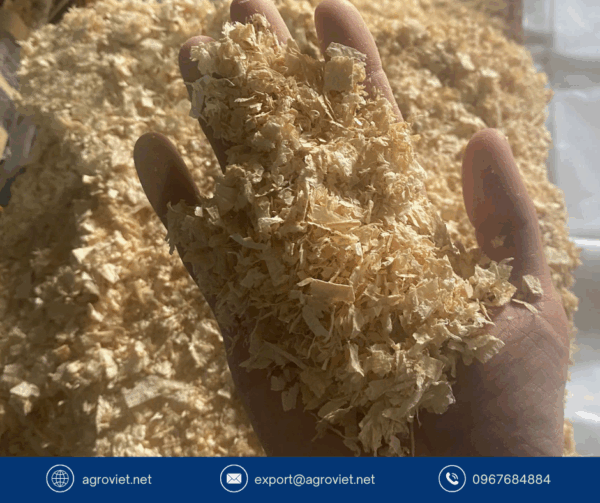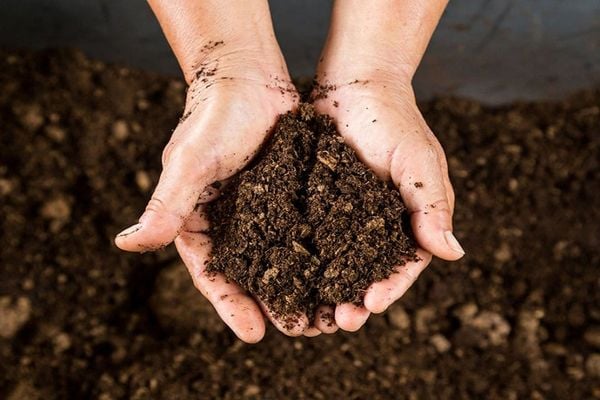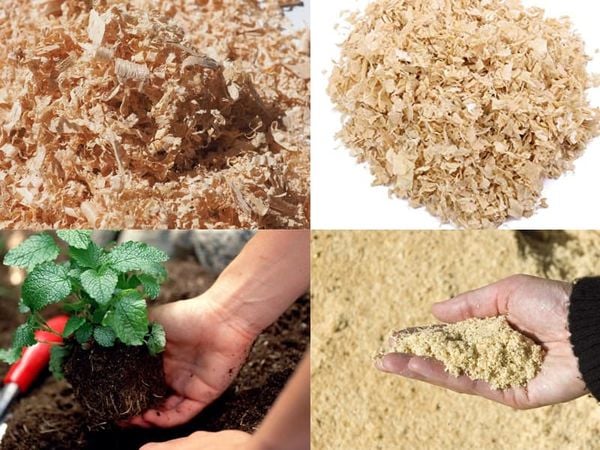Sawdust as a Growing Medium for Plants
In modern agriculture, the choice of growing medium plays a critical role in ensuring healthy plant development, maximizing yields, and promoting sustainable practices. Among the various substrates available, sawdust has emerged as a versatile and eco-friendly option for farmers and gardeners. Derived from wood processing, sawdust is a byproduct that, when properly treated, serves as an effective medium for cultivating a wide range of crops.
What is Sawdust as a Growing Medium?

Sawdust is the fine, powdery residue produced during woodworking activities, such as cutting, sanding, or milling timber. In agriculture, it is used as a growing medium or soil amendment to support plant growth. Sawdust is typically sourced from softwoods or hardwoods, with its composition varying based on the type of wood and processing methods. To be suitable for planting, sawdust must be treated to eliminate harmful compounds, such as tannins or resins, and to enhance its nutrient profile. This treatment may involve composting, fermentation, or mixing with other organic materials to improve its suitability for crops.
The use of sawdust as a growing medium aligns with the growing demand for sustainable farming practices. As consumers increasingly prioritize safe, high-quality produce free from pests and chemical residues, sawdust offers a renewable and cost-effective alternative to traditional soil-based cultivation. Its lightweight, porous nature makes it ideal for various agricultural applications, from greenhouse farming to hydroponics and nursery production.
Benefits of Using Sawdust as a Growing Medium
Sawdust provides several advantages that make it an attractive choice for farmers seeking to optimize plant growth while maintaining environmental sustainability.
-
Eco-Friendly and Sustainable
Sawdust is a byproduct of the wood industry, making it a renewable resource that repurposes waste materials. By utilizing sawdust, farmers contribute to reducing landfill waste and promoting a circular economy. Unlike synthetic substrates, sawdust is biodegradable and aligns with the principles of organic farming, supporting efforts to minimize environmental impact. -
Excellent Water Retention and Aeration
The porous structure of sawdust allows it to retain moisture effectively while providing adequate aeration for plant roots. This balance is crucial for healthy root development, as it ensures plants receive sufficient water and oxygen. Sawdust is particularly beneficial for crops that thrive in well-drained, moist environments, such as vegetables, ornamentals, and seedlings. -
Cost-Effective and Accessible
Sawdust is widely available and relatively inexpensive, especially in regions with active woodworking industries. Its affordability makes it an appealing option for small-scale farmers and large agricultural operations alike. Additionally, sawdust can be sourced locally, reducing transportation costs and carbon emissions. -
Versatility Across Applications
Sawdust can be used alone or mixed with other substrates, such as peat, compost, or coconut coir, to create customized growing media tailored to specific crops. It is suitable for a variety of plants, including vegetables, flowers, and fruit trees, and can be applied in different systems, such as container gardening, hydroponics, or raised beds.
Applications of Sawdust in Agriculture

Sawdust’s versatility makes it a valuable component in various agricultural settings. Its applications extend across multiple cultivation methods, offering flexibility for farmers and horticulturists.
-
Greenhouse and Nursery Production
In greenhouses and nurseries, sawdust is often used as a primary or supplementary medium for propagating seedlings and young plants. Its lightweight nature simplifies handling, while its water-retention properties support the delicate root systems of young plants. For example, sawdust is commonly used for germinating seeds of vegetables like tomatoes, cucumbers, and peppers. -
Hydroponics and Soilless Systems
In soilless cultivation systems, such as hydroponics, sawdust serves as a stable medium to anchor plant roots while allowing nutrient-rich water to flow through. Its ability to maintain moisture without becoming waterlogged makes it ideal for crops grown in controlled environments. -
Soil Amendment for Field Crops
When mixed with soil, sawdust acts as an amendment to improve soil structure, enhance drainage, and increase organic matter content. This is particularly beneficial for heavy clay soils that require better aeration or sandy soils that need improved water retention. -
Mushroom Cultivation
Sawdust is widely used as a substrate for growing edible mushrooms, such as oyster or shiitake varieties. Its high carbon content provides an ideal environment for fungal growth, and it can be enriched with nutrients to support robust yields.Read more: https://www.youtube.com/watch?v=oOKy7gIkYRc&pp=0gcJCdgAo7VqN5tD
Considerations for Using Sawdust as a Growing Medium
While sawdust offers numerous benefits, its use requires careful preparation and management to ensure optimal results. Several factors must be considered to maximize its effectiveness and avoid potential drawbacks.
-
Treatment and Composting
Fresh sawdust can be high in carbon and low in nitrogen, which may lead to nitrogen depletion in plants if used untreated. Composting sawdust with nitrogen-rich materials, such as manure or green waste, helps balance its nutrient profile and eliminates harmful substances. Proper composting also reduces the risk of pathogens or pests that may be present in untreated sawdust. -
Wood Type and Source
The type of wood used to produce sawdust affects its suitability as a growing medium. Softwoods, such as pine, may contain resins that can harm plants, while hardwoods, like oak or maple, are generally safer. Farmers should source sawdust from untreated wood to avoid contamination from chemicals or preservatives. -
pH and Nutrient Management
Sawdust tends to be slightly acidic, which may not suit all crops. Regular monitoring and adjustment of pH levels are necessary to create an optimal growing environment. Additionally, supplementing sawdust with fertilizers or organic matter ensures plants receive adequate nutrients for healthy growth. -
Moisture and Temperature Control
While sawdust retains moisture well, overwatering can lead to fungal growth or root rot. Conversely, in hot climates, sawdust may dry out quickly, requiring frequent irrigation. Farmers must monitor moisture levels and adjust irrigation practices to suit environmental conditions.
Challenges and Limitations
Despite its advantages, sawdust has some limitations that farmers should address. For instance, its slow decomposition rate means it may not provide immediate nutrient release compared to other organic substrates like compost. Additionally, improper handling or inadequate treatment can result in compacted or waterlogged media, hindering plant growth. Farmers must also consider the availability of sawdust in their region, as transportation costs for bulk quantities can offset its cost-effectiveness.
Sawdust in the Context of Sustainable Agriculture
The use of sawdust as a growing medium aligns with the principles of sustainable agriculture, which prioritize resource efficiency, environmental protection, and long-term productivity. By repurposing a byproduct of the wood industry, farmers can reduce waste and minimize their reliance on non-renewable resources. Furthermore, sawdust supports eco-friendly farming practices by reducing the need for chemical fertilizers and pesticides, as it can be combined with organic amendments to create a balanced growing medium.
In Vietnam, for example, sawdust has gained popularity in regions with active woodworking industries, where it is readily available and affordable. According to agricultural insights from sources like Nguồn Sinh Thái, sawdust is often combined with other substrates to enhance its performance, making it a practical choice for local farmers aiming to produce safe, high-quality crops.

Conclusion
Sawdust is a versatile, sustainable, and cost-effective growing medium that offers significant benefits for modern agriculture. Its ability to retain moisture, provide aeration, and repurpose waste makes it an ideal choice for a variety of crops and cultivation systems. However, proper treatment, nutrient management, and environmental considerations are essential to maximize its potential. As the agricultural sector continues to embrace eco-friendly practices, sawdust stands out as a valuable tool for farmers seeking to balance productivity with sustainability. By leveraging this renewable resource, growers can contribute to a greener future while meeting the demands of a health-conscious market.
Read more: https://vietnambestwood.com/general/growing-straw-mushrooms-with-sawdust/
